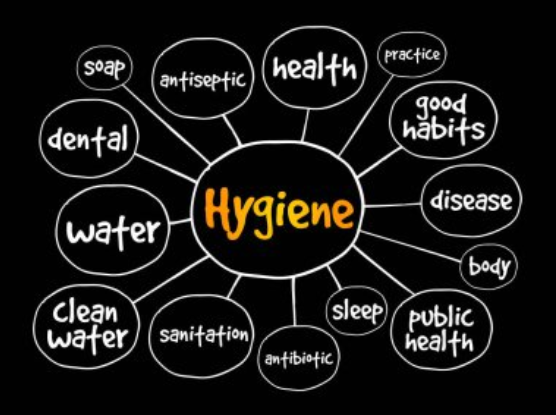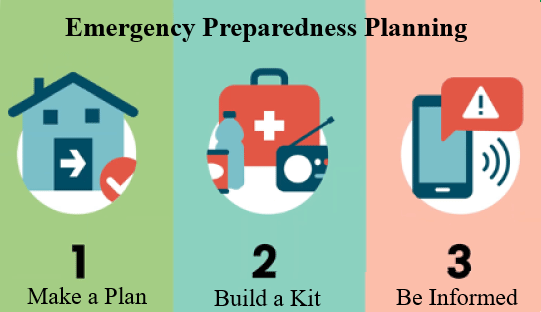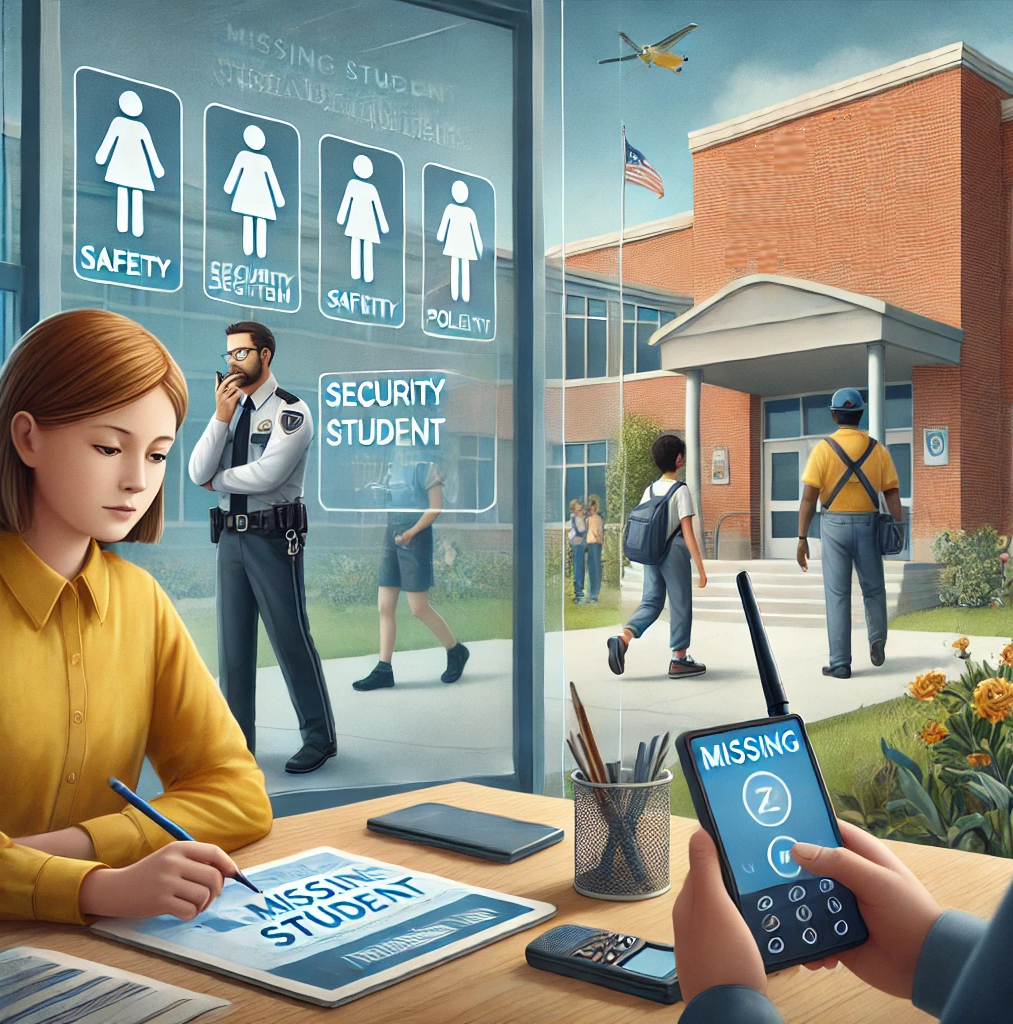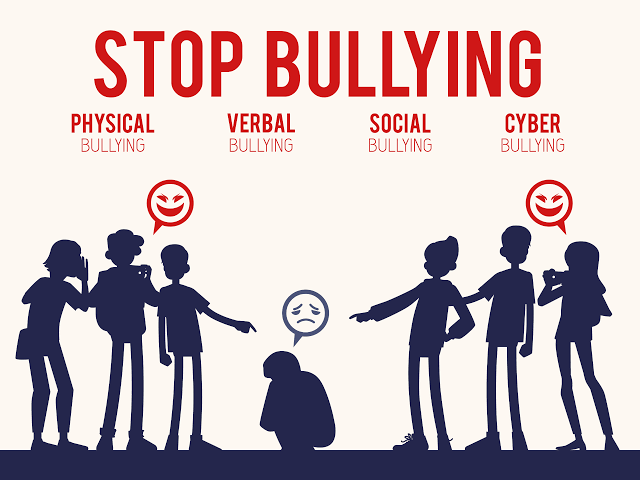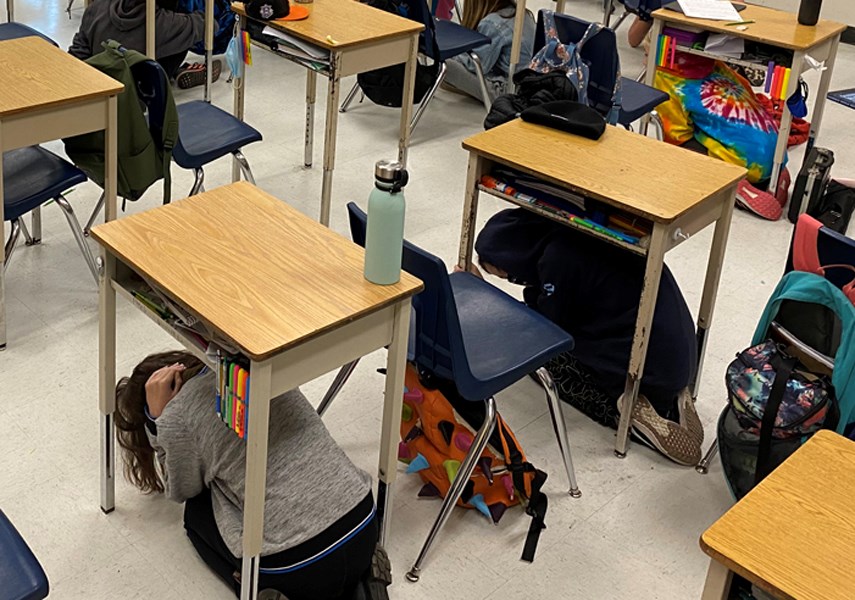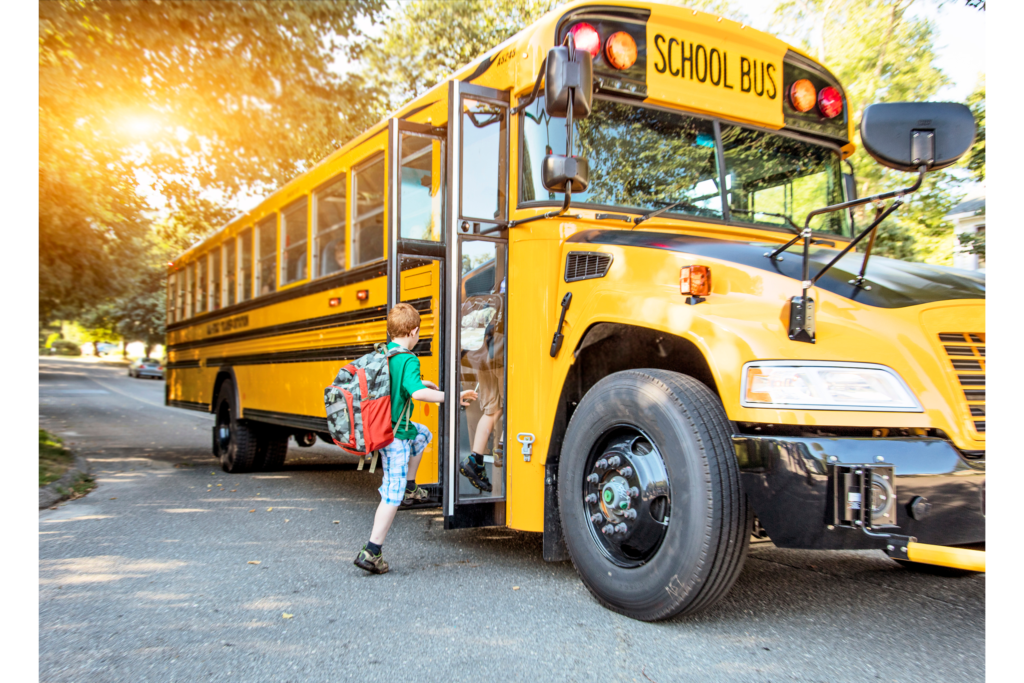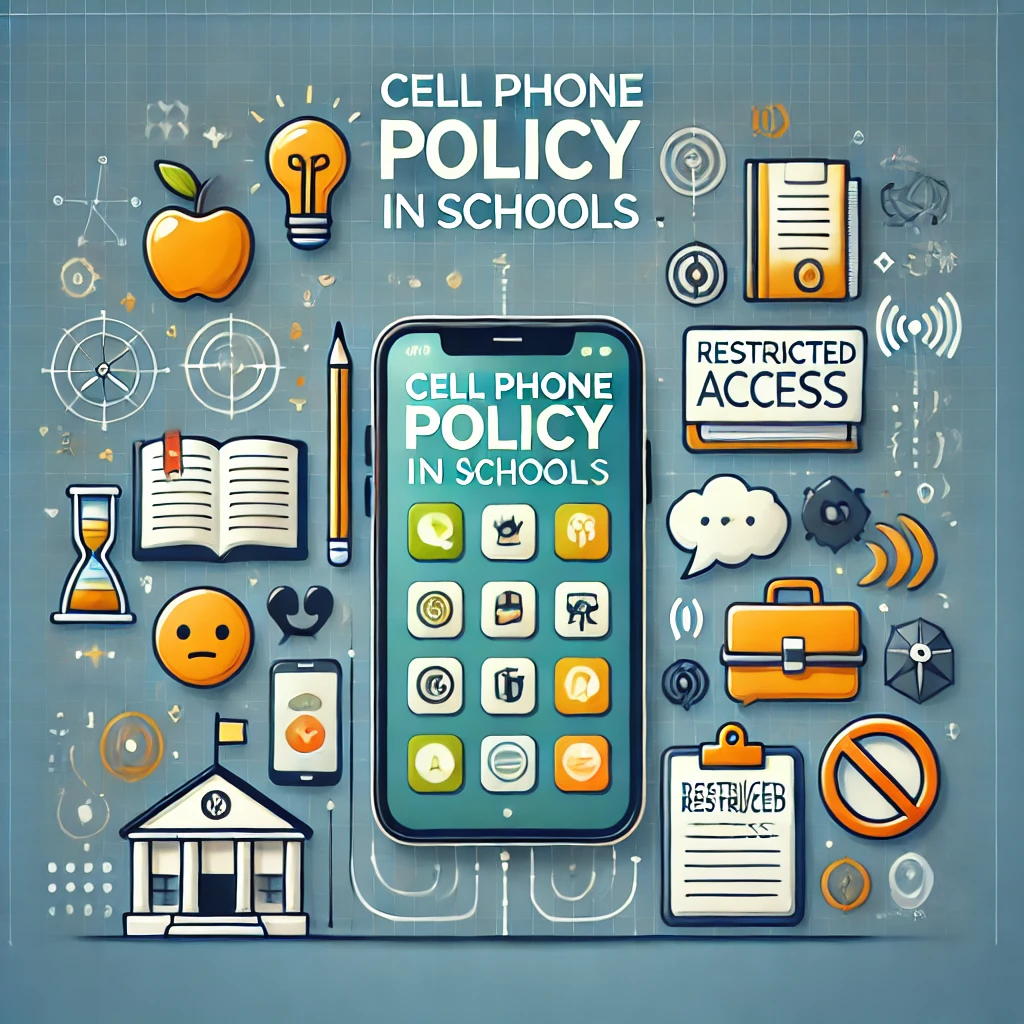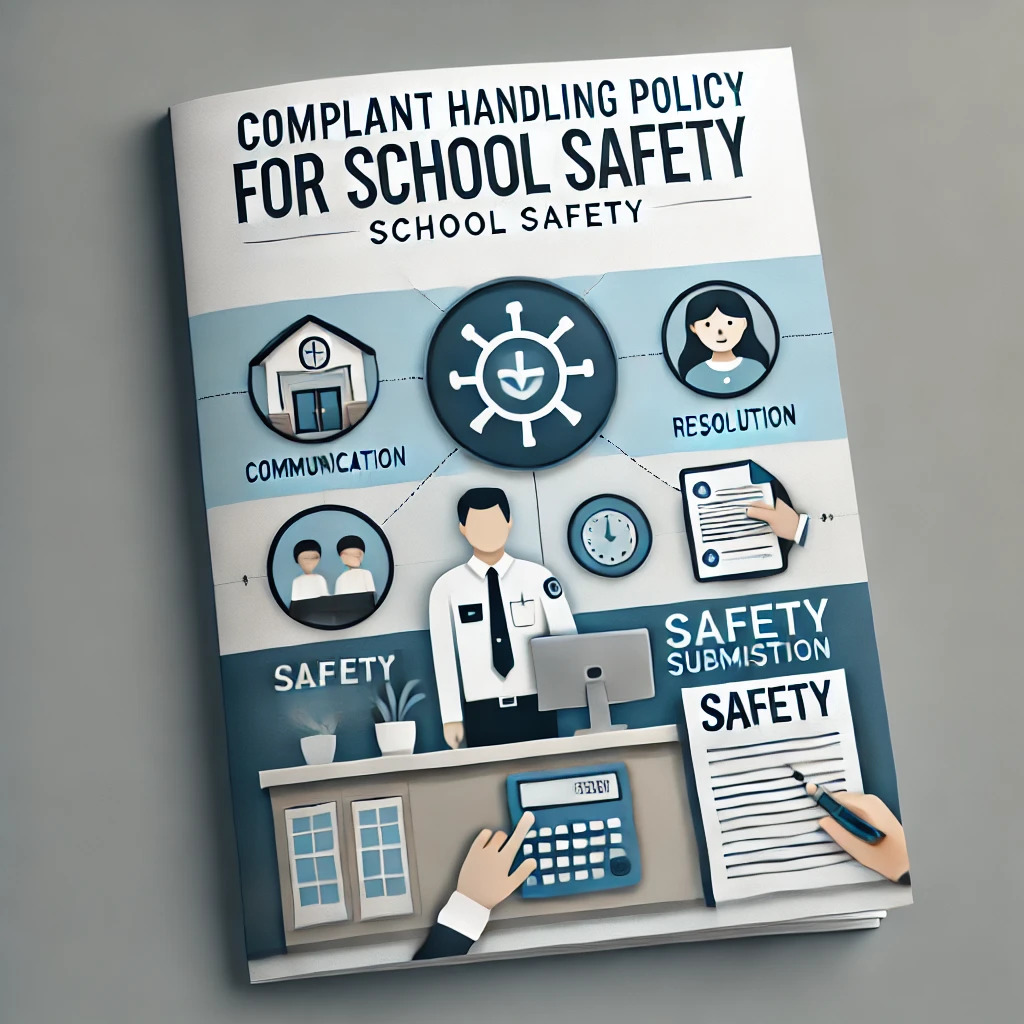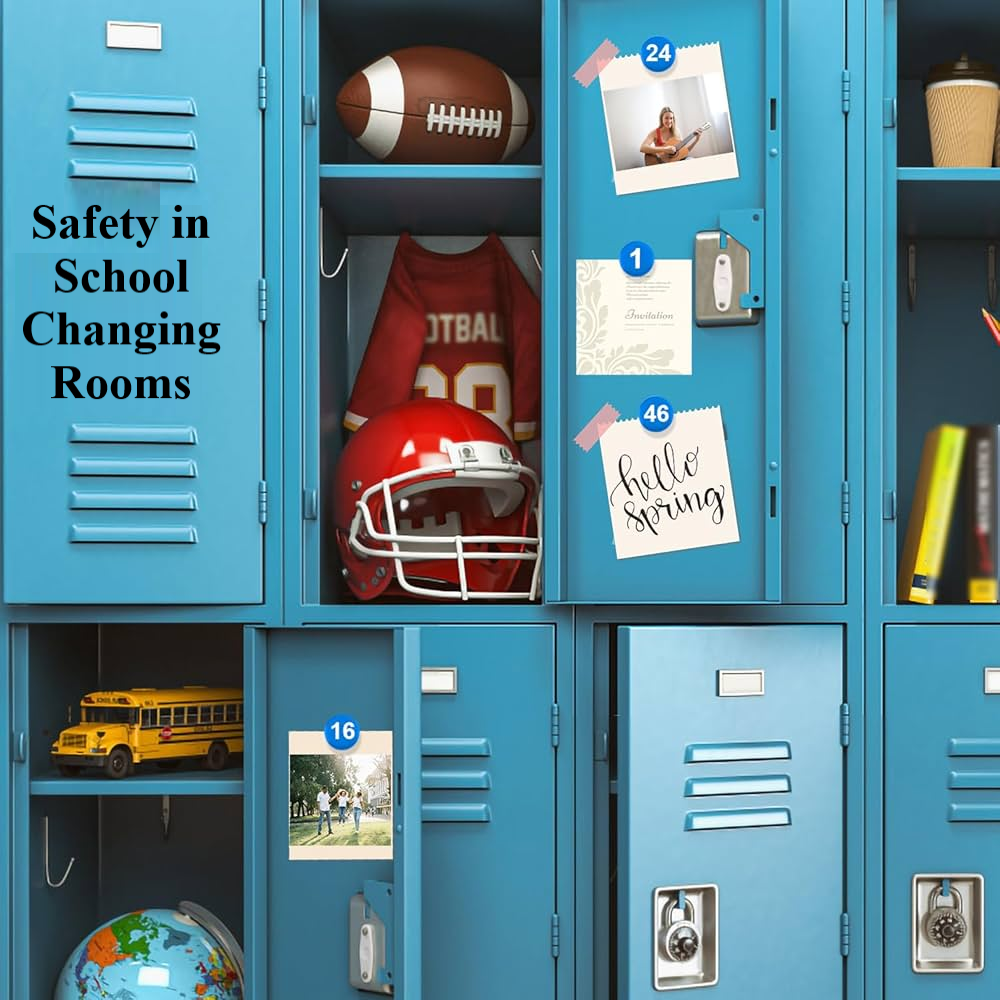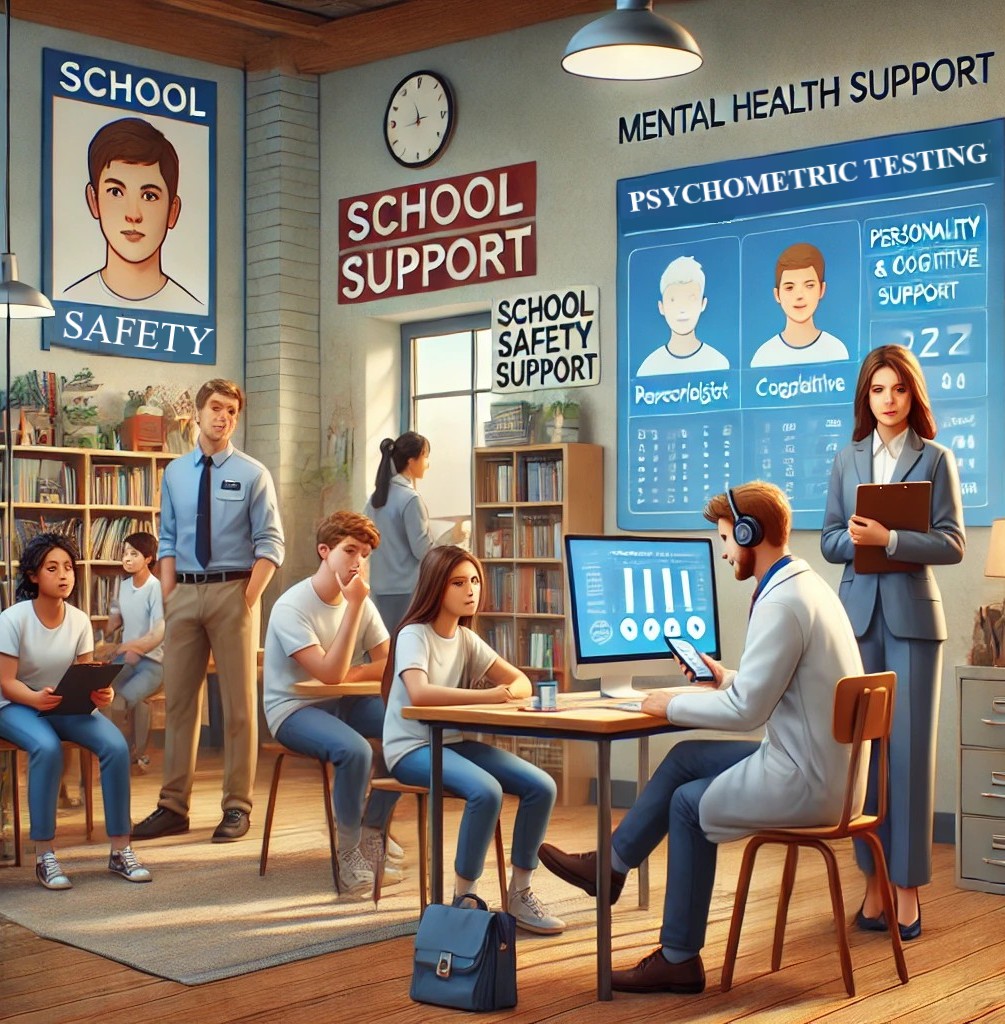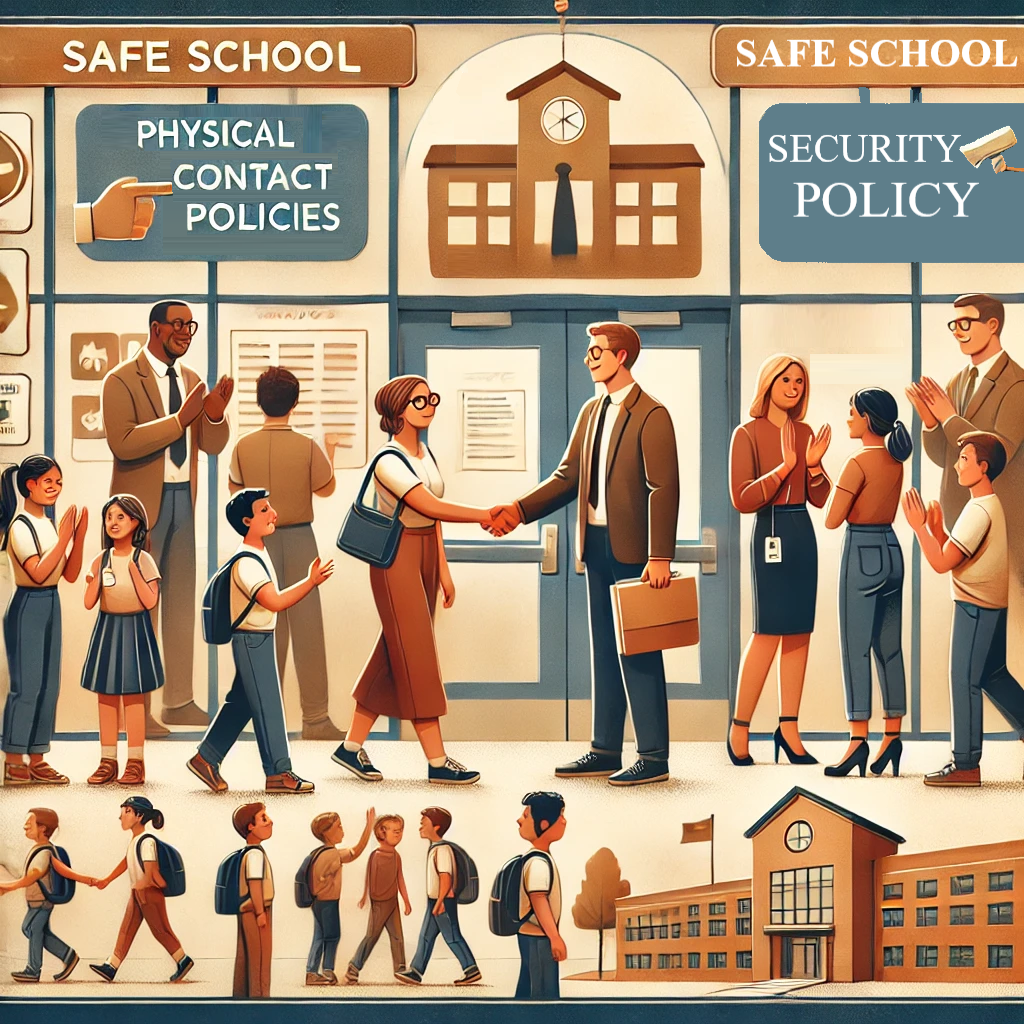Gangs Policy for School Safety
Gang activity is an
issue that affects many schools across the world, posing significant threats to
the safety of students, staff, and school property. In light of this, a
comprehensive gangs policy is essential to ensure that schools are adequately
prepared to handle such incidents and maintain a safe learning environment for
all involved.
A well-defined gangs
policy should begin with a clear definition of what constitutes a gang and the
types of activities associated with gang involvement. This definition will help
both students and staff recognize the signs of gang-related behavior. These
signs could include specific symbols, clothing, graffiti, or language used by
students. Clearly outlining these identifiers ensures that everyone in the
school community understands what to look for and how to report it.
The policy should
also include strict guidelines for the consequences of engaging in gang
activity. While each school may tailor this to its unique needs, a common
approach is a zero-tolerance policy for any form of gang-related violence. If a
student is found to be involved in such activities, disciplinary actions such
as suspension or expulsion may be enforced. In more serious cases, schools may
need to involve local law enforcement to ensure that the matter is dealt with
according to the law.
Another critical
element of a gang policy is the creation of a reporting system for students and
staff to report any suspicious gang-related behavior. This could involve a
dedicated hotline, an anonymous website, or a counselor that can be contacted
directly. Such reporting mechanisms create a safer environment where students
and staff can report concerns without fear of retaliation.
In addition to
handling incidents, a successful gangs policy should be proactive. Schools can
engage in programs aimed at educating students about the risks of gang
involvement, highlighting the long-term consequences and dangers associated
with gang life. Such educational programs can be supplemented with outreach
initiatives to help at-risk students, offering them support and counseling
services to prevent them from turning to gangs.
Schools should also
take steps to address students who have already fallen victim to gang-related
violence. These victims may need access to counseling and therapy to help them
heal emotionally and psychologically. Additionally, schools can provide rehabilitation
programs to assist students who are trying to exit gang involvement, offering a
path toward reintegration into a positive, safe school environment.
Lastly,
collaboration with law enforcement and community organizations is vital. By
working together, schools can access additional resources, including security
personnel, counseling services, and youth outreach programs, all of which help
to prevent and address gang activity.
By implementing a
clear and comprehensive gangs policy, schools send a strong message that they
are committed to the safety and well-being of their students and staff. It
helps reduce violence, create a safer learning environment, and prevent the
negative impact of gang involvement on young lives.





